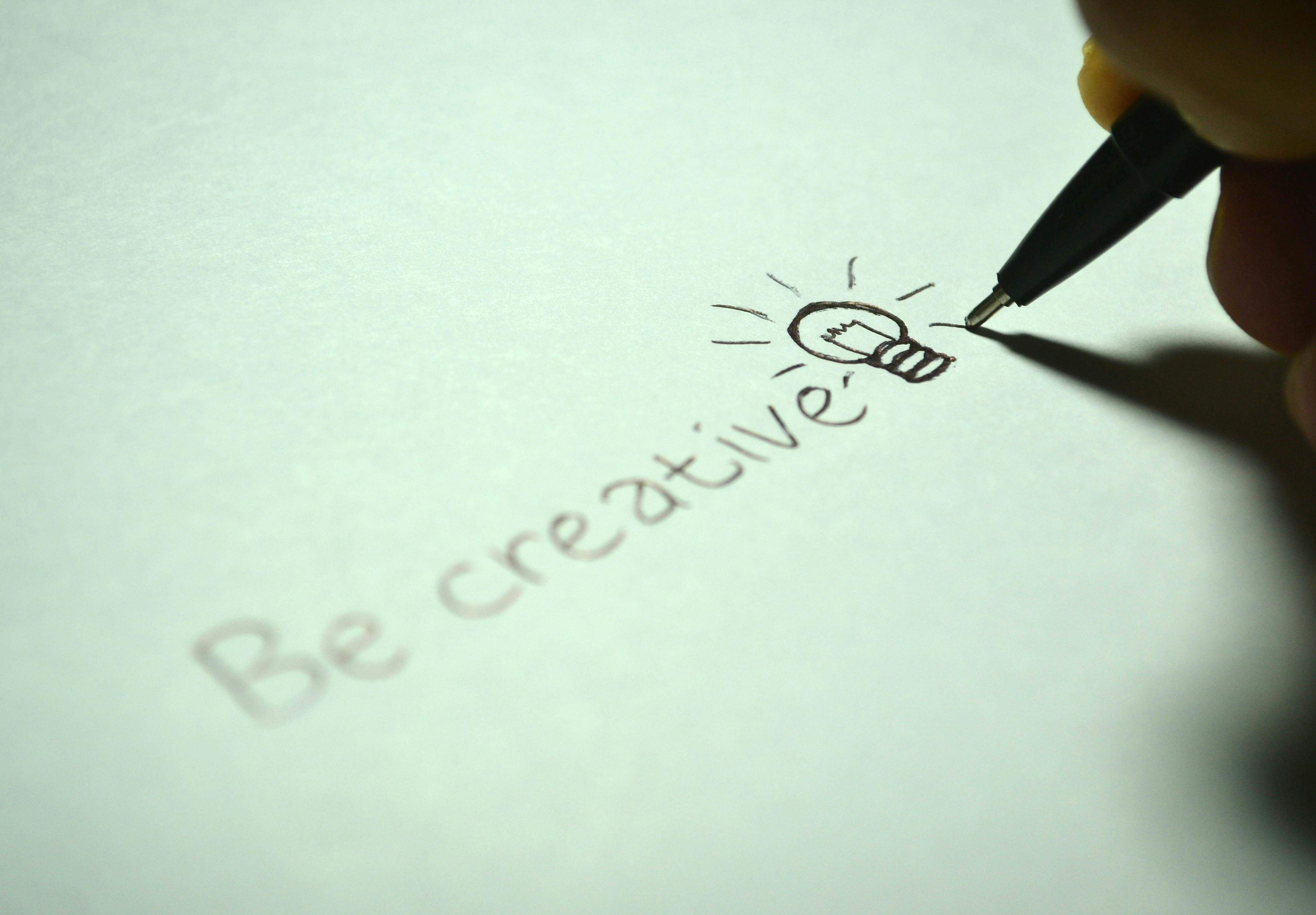In an era where technological advancements and creative ideas are burgeoning quicker than ever before, the distinction between innovation and imitation becomes increasingly nuanced. As we step further into the year 2025, understanding the dynamics of these concepts is essential for entrepreneurs, inventors, and thinkers aiming to navigate this complex landscape successfully. This article delves into the intricate balance of drawing inspiration from existing ideas while pioneering unique solutions, redefining what it means to truly invent and contribute meaningfully to our ever-evolving world.
Exploring Innovation vs. Imitation: Rethinking Invention in 2025

Innovation often implies introducing something wholly novel or substantially improving the existing technology, methods, or products, thereby adding value that was previously unavailable. On the other hand, imitation involves adopting established ideas and maybe making slight modifications. The grey area between these two raises significant questions about originality, value creation, and ethical boundaries in the modern creative and technological sectors.
To aid you in navigating these murky waters, this guide will offer insights on identifying genuine innovation and distinguishing it from mere imitation. Consider the following elements:
- Originality: Evaluate whether the idea or product delivers a new way of solving problems or if it simply replicates an existing solution with minimal changes. Genuine innovation should offer a distinctive approach or technology.
- Value Added: Assess the incremental benefits brought by the new approach over existing solutions. Innovation should provide enhanced efficiency, cost-effectiveness, sustainability, or user experience that sets it apart from what's currently available.
- Impact: Consider the broader impact of the innovation on the market, environment, or society. True innovation often leads to shifts in industry standards and practices, offering significant long-term benefits.
Throughout 2025, numerous enterprises and industries showcase examples of both innovation and imitation:
- Technology Sector: The rapid evolution in artificial intelligence and machine learning has seen both ground-breaking algorithms that enhance autonomous operations and numerous platforms that modestly adapt existing frameworks.
- Consumer Electronics: While some brands have pioneered revolutionary user interfaces and interaction models, others have introduced devices that closely resemble the innovations of competitors with marginal technical enhancements.
- Sustainable Energy: Innovations in solar panel technologies that significantly increase energy conversion efficiency contrast with companies that produce slightly modified versions of existing panel designs.
By understanding these examples and applying analytical thoughts, one can discern between true innovation and simple imitation, thereby making more informed decisions on where to direct their attentions and resources.
As we navigate the complexities of creating and differentiating in 2025, understanding whether to pursue paths of innovation or opt for strategies of imitation requires deep consideration of originality, value addition, and overall impact. Innovators should aim to bring tangible improvements over existing solutions, aspiring not just to differentiate but to advance the baseline of what is possible. Reflecting on the examples of technology, consumer electronics, and sustainable energy can provide clarity and direction for those looking to make a real difference in their fields. Ultimately, gauging the depth of original thought and the substantiality of improvement is key to discerning the path from imitation to true innovation.
